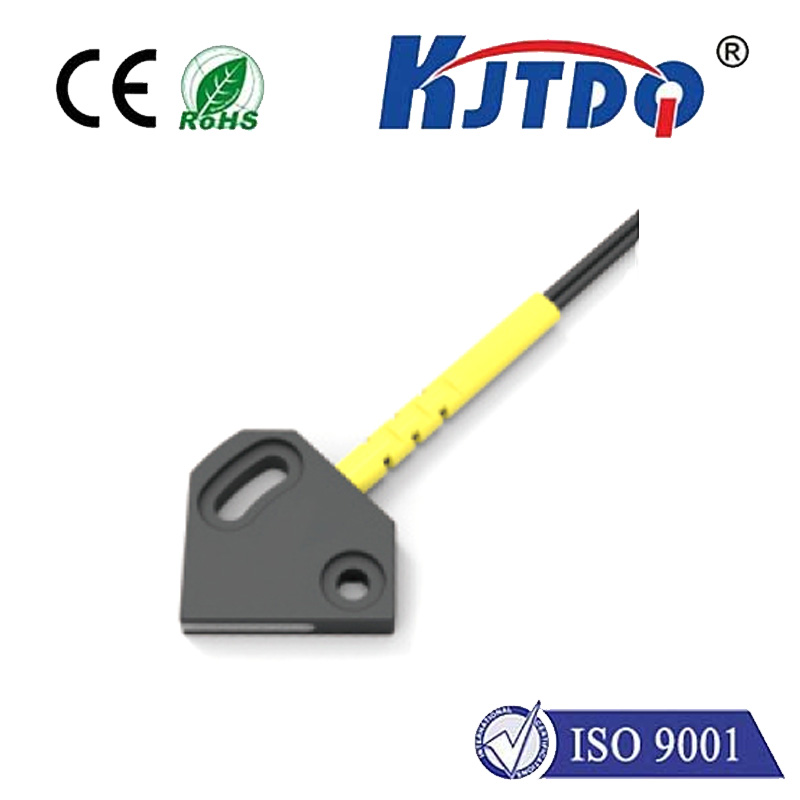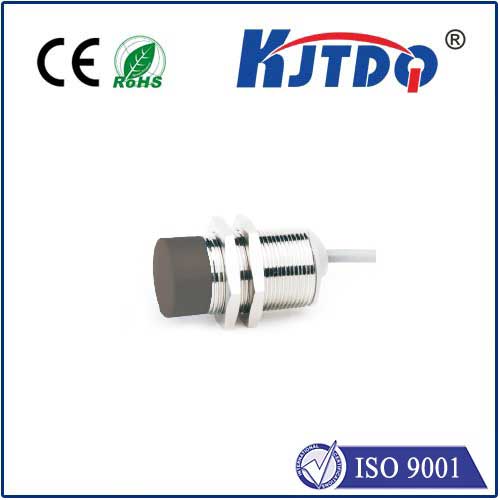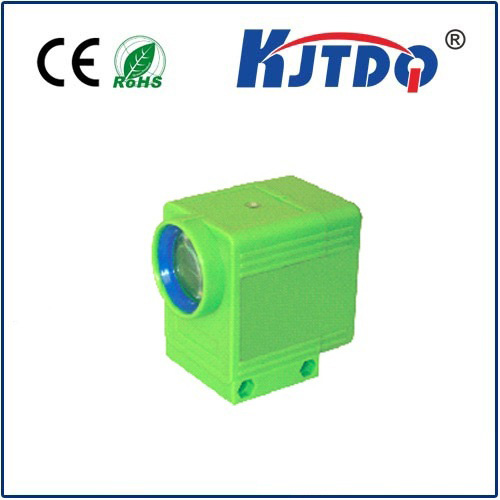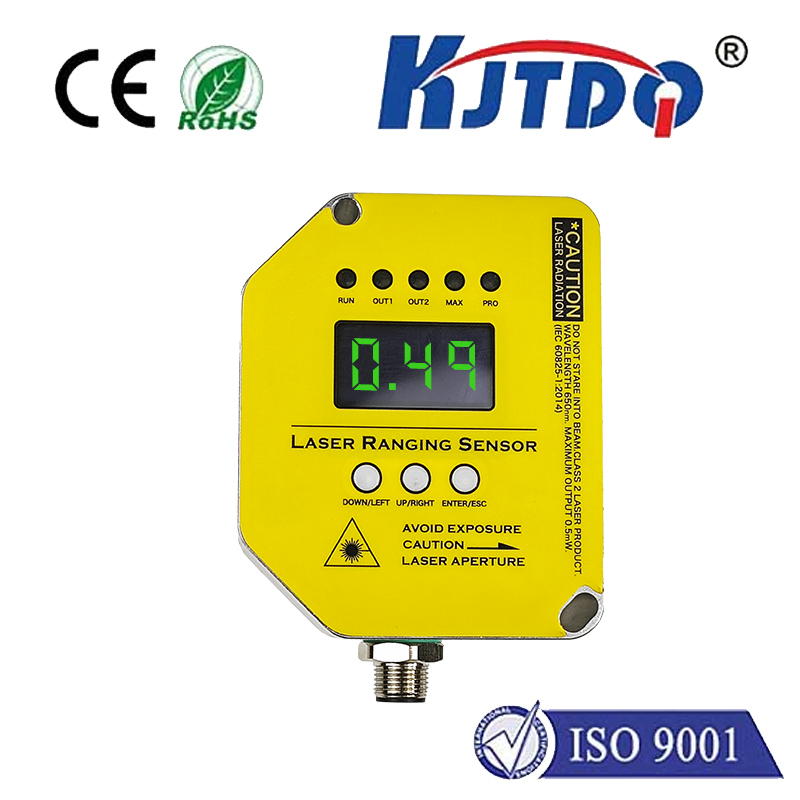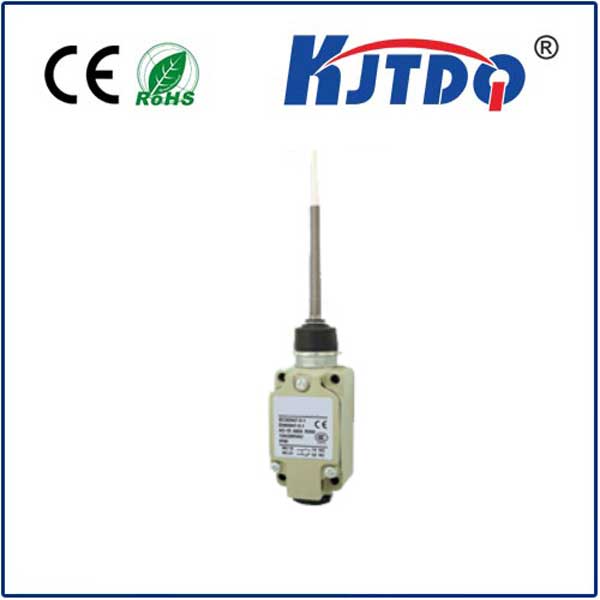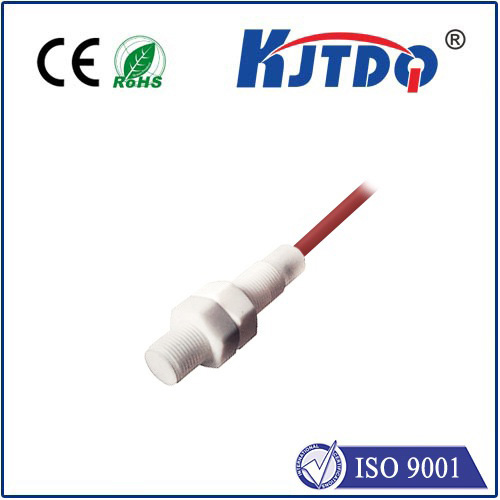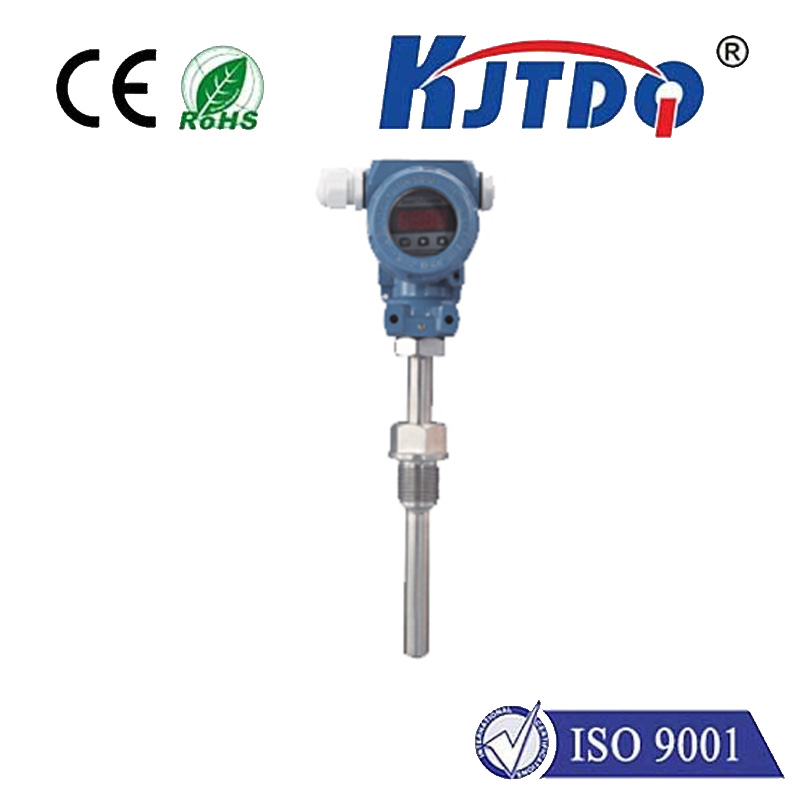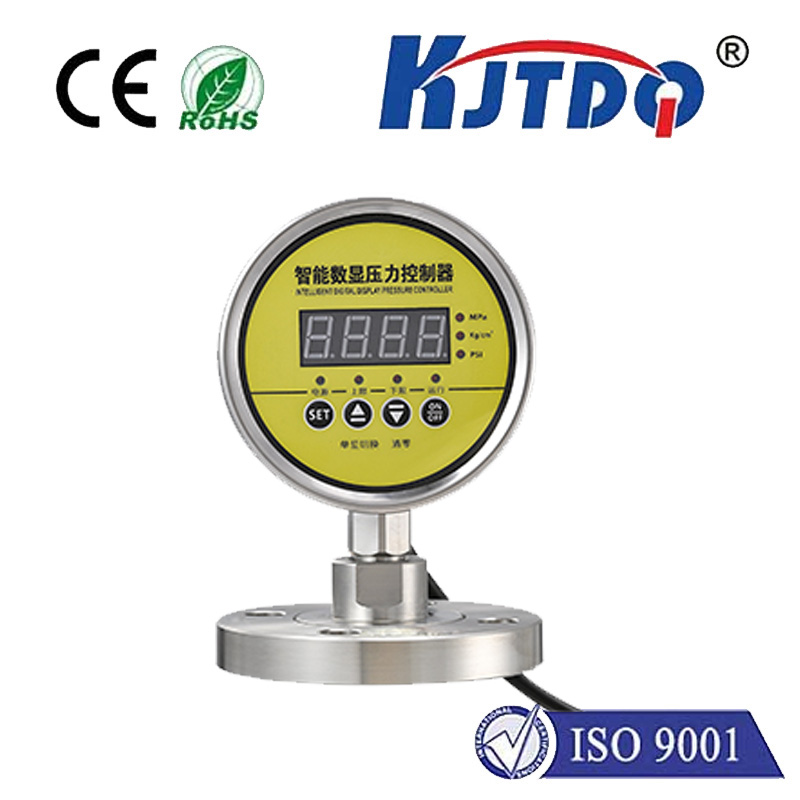
check

check

check

check

Title: Exploring the Efficiency of Diffuse Type Photo Sensors in Modern Detection Systems Introduction In the realm of advanced detection technologies, the diffuse type photo sensor stands out for its unique ability to collect and measure ambient light from a wide area. This article delves into the operation, applications, and advantages of using diffuse type photo sensors, shedding light on their significance in enhancing modern sensing systems. Understanding Diffuse Type Photo Sensors A diffuse type photo sensor utilizes a diffuser to spread the incoming light evenly across a large surface area before it reaches the photosensitive element. Unlike focused photo sensors that concentrate light onto a small region, diffuse sensors are designed to maximize the reception of stray and scattered light. This feature makes them highly effective in environments with varying light conditions and multiple light sources. The working principle of a diffuse type photo sensor involves the use of a diffusing material or structure that allows incident light to scatter in all directions. The scattered light then interacts with the sensor’s active area, generating an electrical signal proportional to the intensity of the detected light. Due to this mechanism, diffuse sensors can provide a higher degree of accuracy in measuring ambient light levels over a broad range. Applications of Diffuse Type Photo Sensors Diffuse type photo sensors find extensive applications across various industries due to their versatility and reliability. In industrial automation, they are employed for object presence detection, conveyor belt speed monitoring, and quality control processes. Their ability to handle high-intensity lights and harsh environmental conditions makes them ideal for use in manufacturing plants and outdoor settings. Moreover, these sensors are integral to automotive technology, where they assist in functions such as daytime running light control, automatic headlamp dimming, and detecting ambient brightness for interior lighting adjustments. The flexibility of diffuse sensors ensures they can be seamlessly integrated into modern vehicles without compromising on performance or aesthetics. Advantages of Using Diffuse Type Photo Sensors One of the primary advantages of diffuse type photo sensors is their improved sensitivity to ambient lighting changes. Since they distribute incoming light over a larger area, these sensors can detect subtle variations in illumination more effectively than focused counterparts. This characteristic is particularly beneficial in applications requiring precise light measurement and control. Another significant advantage lies in their reduced dependency on the orientation between the sensor and the light source. Traditional photo sensors often require precise alignment to operate efficiently; however, diffuse sensors mitigate this issue by accepting light from a wide angle. Consequently, they offer greater installation flexibility and robustness against misalignment errors. Conclusion The diffuse type photo sensor represents a vital component in contemporary detection systems, thanks to its expansive sensing capability and adaptability to diverse environmental conditions. Its proficiency in capturing diffused light translates into enhanced performance in various applications ranging from industrial process control to automotive safety features. As technology continues to evolve, the role of diffuse type photo sensors is expected to expand further, cementing their position as essential tools in the pursuit of precision and efficiency in sensing solutions.
